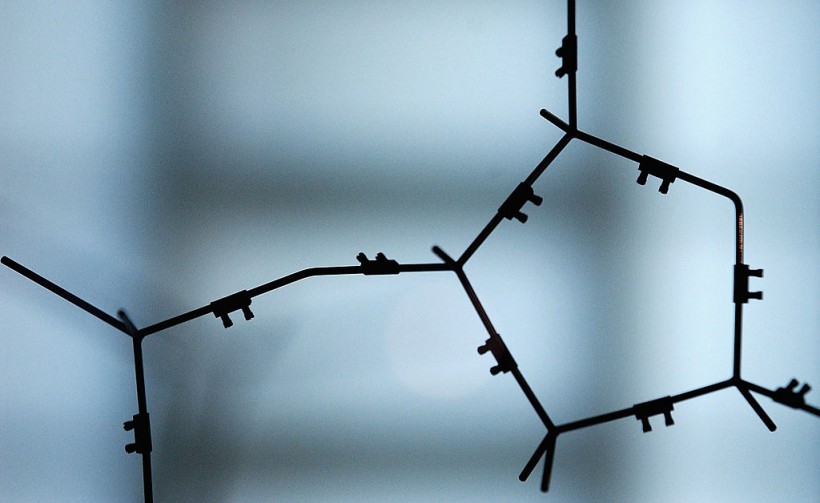Researchers have devised a new technology to convert digital data into a four-letter genetic alphabet with minimal errors, and use synthetic DNA as storage, TechRadar reports on Saturday, Apr. 10.
The latest development brings DNA storage, a technology that can store data a thousand times more than the conventional magnetic hard drive, into reality.
DNA Storage Breakthrough: Overcoming Obstacles in Digital to Molecular Data Conversion
DNA synthesis, the process of encoding binary files into a molecule, organizes the building blocks of DNA into various arrangements indicated by sequences of the letters A, C, G, and T.
Previous methods yield very high error rates and harder to correct since DNA storage comes from different sources compared to the digital world.
Researchers from the Los Alamos National Laboratory (LANL) in New Mexico have created a new codec that translates these digital binary files into a biological encoding needed for molecular storage.

Deoxyribonucleic acid (DNA) strands from a double helix model on display at the Science Museum April 23, 2003 in London.
According to LANL's news release on Apr. 1, the Adaptive DNA Storage Codec (ADS Codex), could also minimize errors and makes it easier to correct potential issues during translation.
The ADS Codex also supports encoding from binary to DNA and decoding from DNA to binary, as well as accommodating a variety of methods used for DNA synthesis.
"Our software, the Adaptive DNA Storage Codec (ADS Codex), translates data from what a computer understands into what biology understands," said Latchesar Ionkov, a computer scientist at Los Alamos and principal investigator on the project.
The research is part of the wider Molecular Information Storage (MIST) program, which aims to develop DNA storage technologies capable of writing 1TB and reading 10TB within 24 hours.
Also Read: Engineers Store 214 Petabytes Of Data In A Gram Of DNA: What It Means For The Future
Replacing Magnetic Tape Storage with a Single Strand of DNA
DNA storage is far more physically compact, energy-efficient, and potentially less expensive compared to magnetic tapes that are being used in this day and age.
The data stored in a synthetic DNA strand can be easily copied with almost no cost while deemed long-lasting and almost maintenance-free.
To put it in perspective, DNA storage as small as a poppy seed could store more than 6,000 times than all the information stored in the Library of Congress.
The concept of storing data into DNA is not new, as the earliest successful DNA storage dates back to a 1988 Harvard experiment that encoded an image of artist Joe Davis' work in an E. coli DNA sequence.
Fast-forward Nov. 2016, a spinout company from the Massachusetts Institute of Technology announced that they have successfully encoded the poem "The Road Not Taken" by Robert Frost in strands of DNA.
In the same year, Microsoft and the University of Washington encoded 200 MB worth of data into a DNA, including the entirety of 1,225-page Leo Tolstoy classic War and Peace.
Related Article: Microsoft Creates Largest DNA Storage Trove To Date: OK Go Video, 100 Books Successfully Stored To DNA
This article is owned by Tech Times
Written by Lee Mercado









